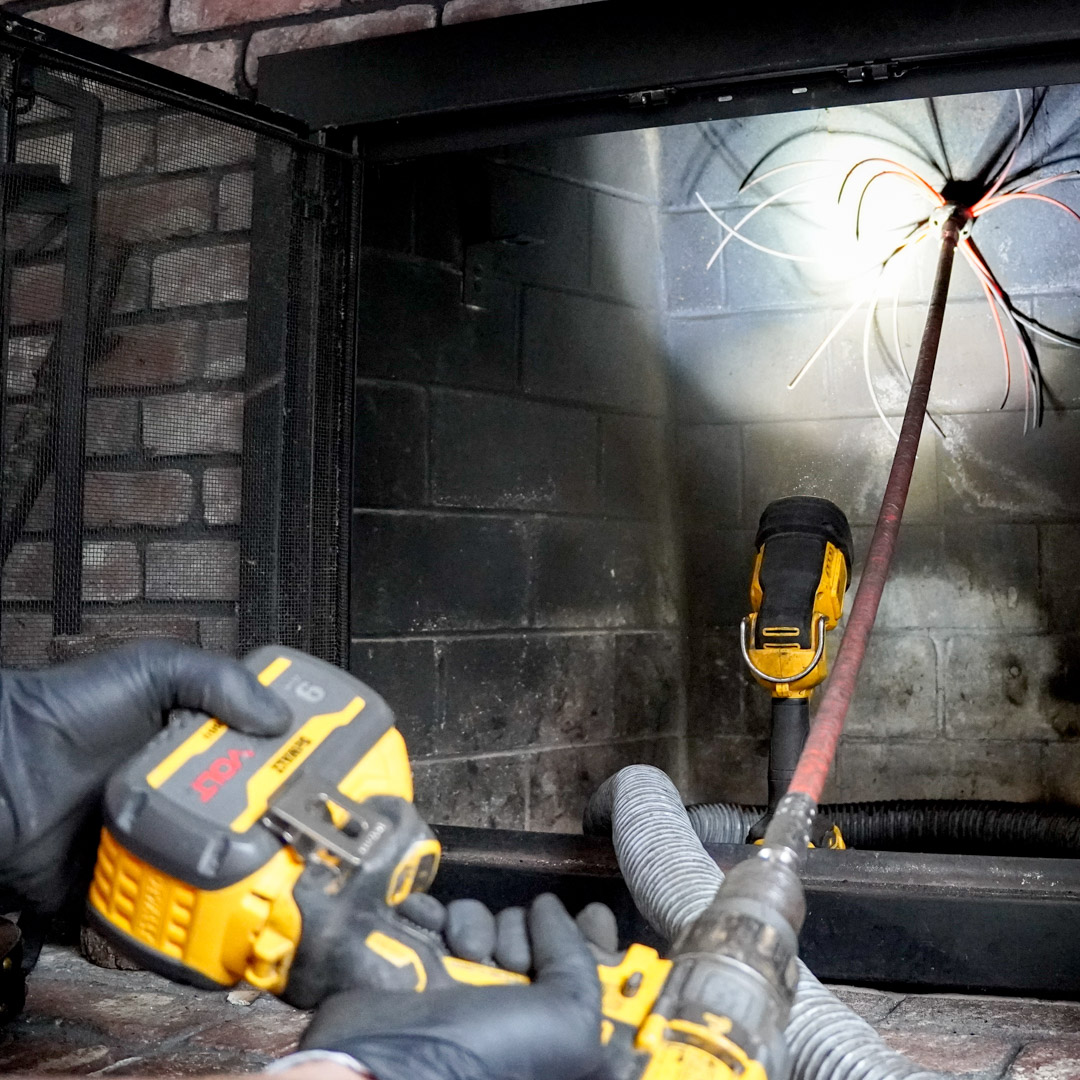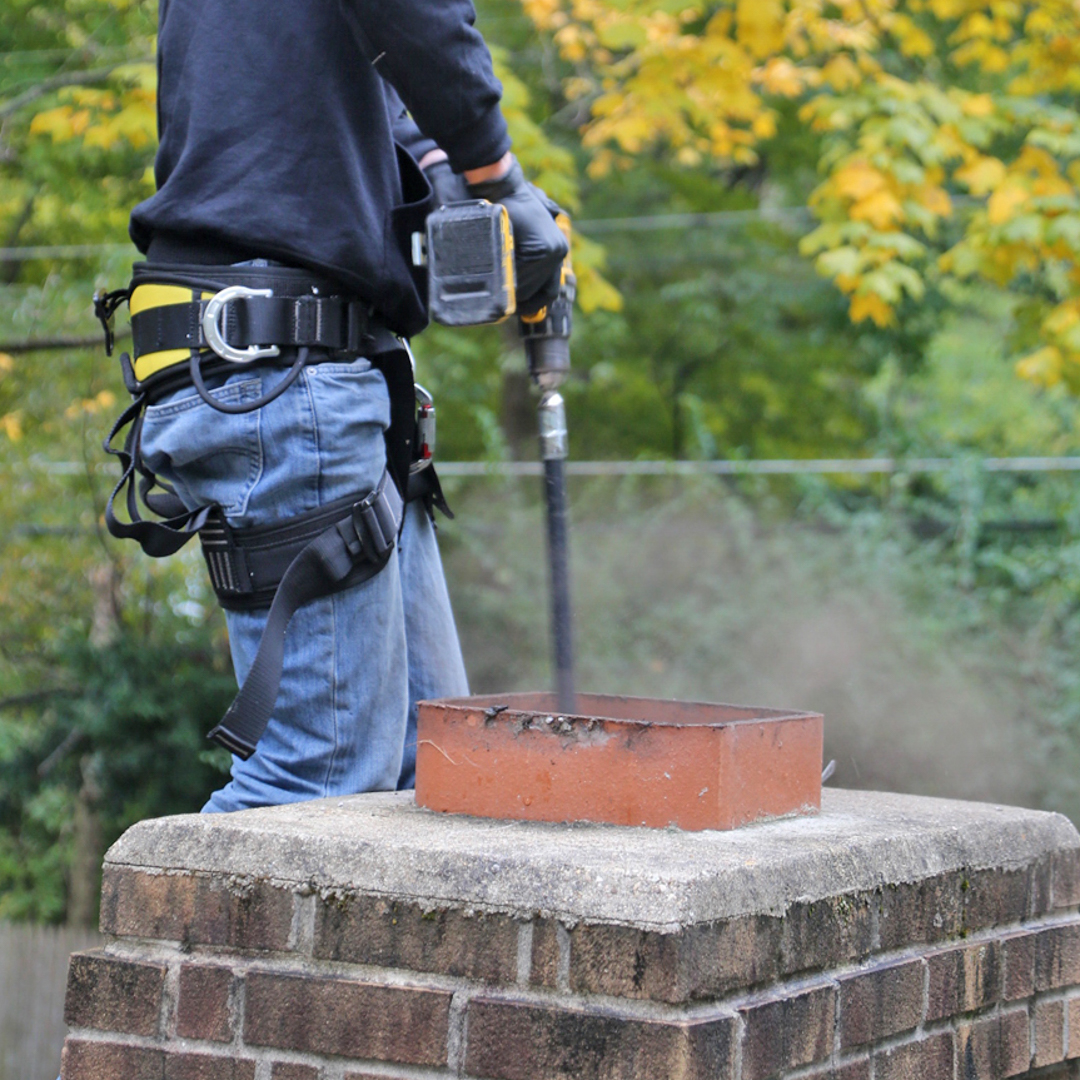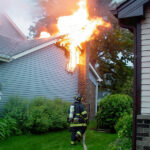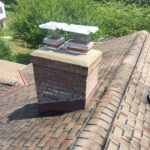The Risks of Creosote
A crackling fire on a chilly evening is one of life’s simple pleasures, but hidden dangers can form within your chimney’s masonry walls every time you light the fireplace or ignite the stove. One of the most significant risks is creosote buildup, a highly flammable and corrosive substance that can compromise your home’s air quality and your family’s health.

What is Creosote?
Creosote is a dark, tar-like residue that forms when unburned wood particles, gases, and water vapor condense in your chimney flue. It’s a natural byproduct of burning wood, but incomplete combustion creates more of this substance. As these byproducts cool and accumulate on the inside of the chimney walls, they form creosote, which can range in consistency from a flaky, powdery soot to a hard, shiny glaze or honeycombed creosote. The longer creosote lingers in the chimney, the more dangerous it becomes. It also increases the risk of fire and exposure to carbon monoxide exhaust.
Is Creosote Toxic?
Yes, creosote is toxic. It contains a variety of hazardous chemicals, which are known carcinogens. Exposure to creosote can lead to several health issues, including:
- Respiratory Problems: Inhaling creosote particles can irritate the respiratory tract, leading to coughing, shortness of breath, and exacerbating conditions like asthma and allergies.
- Skin and Eye Irritation: Direct contact with creosote can cause rashes, burns, and eye irritation.
- Cancer Risk: Long-term exposure to creosote has been linked to an increased risk of various cancers, including skin, lung, and bladder cancer.
For these reasons, you will notice that a professional chimney sweep always wears full protective gear, including a respirator, when cleaning the chimney.
5 Signs Of Creosote Buildup
Recognizing creosote buildup is critical for timely intervention. Keep an eye out for these five signs of trouble:
- Dark, flaky, or sticky residue when you look up the chimney flue from the fireplace is a positive sign of creosote.
- A strong, tar-like odor that resembles hot asphalt is often more noticeable on warm, humid days or when the fireplace isn’t in use, but it is an urgent sign of flammable creosote.
- Reduced draft occurs when your fire isn’t getting enough oxygen, and it can cause smoke to back up into your home. It is an indicator that creosote deposits may be obstructing the flue vent.
- Shiny, hardened glaze or type 3 creosote is the most dangerous type and the most difficult to remove without professional assistance.
- Puffing or rumbling sounds during a fire can be a warning of a small, contained chimney fire, but it can quickly spread. If you can’t safely extinguish the fire, evacuate the house immediately and call 9-1-1.
The primary danger of creosote in a chimney is its flammability. Even a small spark can ignite a significant creosote buildup, leading to a dangerous house fire.
How to Prevent Creosote Buildup in a Chimney:
While you cannot entirely prevent creosote buildup, there are several steps homeowners can take to reduce its accumulation.
Burn seasoned firewood
Use only dry, well-seasoned hardwood, such as ash, hickory, and oak. Wet or unseasoned wood burns at a lower temperature, producing more smoke and water vapor, which contributes to the formation of creosote. A hotter fire ensures more complete combustion, reducing the amount of unburned particles.
Ensure proper airflow
Don’t overload the firebox. Allow adequate air to circulate through the logs for efficient burning.
Install a chimney cap
A chimney cap with a spark arrestor can help prevent debris from entering the chimney and also reduce the amount of precipitation that enters, which can contribute to the buildup of creosote.

Schedule annual chimney inspections and cleanings
Professional chimney sweeps are trained to identify and remove creosote buildup, ensuring your chimney is safe and efficient. The Chimney Safety Institute of America (CSIA) recommends annual inspections.
How to Reduce the Risks of Creosote Buildup
Enjoy a safer fire-burning experience with Thermocrete, an innovative spray-on chimney liner that helps reduce creosote buildup and comes with a lifetime warranty. After professional application, its smooth surface significantly improves airflow within the chimney flue, leading to more efficient combustion of solid and fossil fuel heating appliances, which further decreases creosote accumulation. Thermocrete is available exclusively through certified professional installers. Contact us today to find an Approved Industries certified installer near you.



